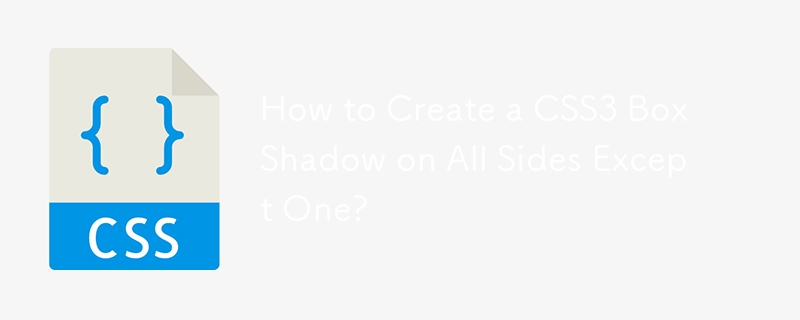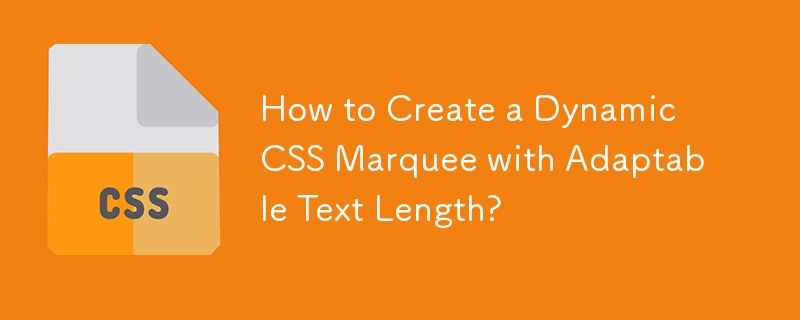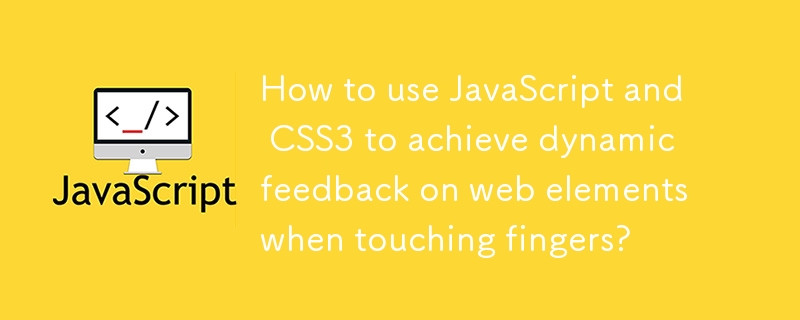Found a total of 10000 related content
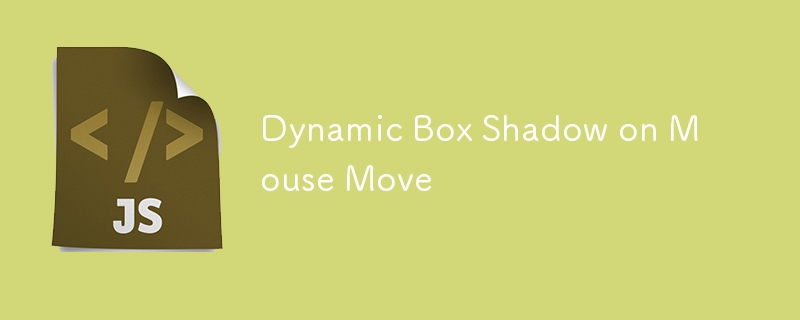
Dynamic Box Shadow on Mouse Move
Article Introduction:Interactive UI effects can significantly enhance the user experience of your website. One such effect is the Dynamic Box Shadow, where the shadow of an element moves in response to the mouse position, creating a subtle yet engaging interaction.
This
2024-12-26
comment 0
816

How to achieve the rotation effect of element
Article Introduction:To achieve the rotation effect of an element, use JavaScript combined with CSS3's transform attribute. 1. Use transform's rotate() function to set the rotation angle. 2. Realize dynamic rotation through requestAnimationFrame. 3. Consider reducing DOM operations or using CSS animations when optimizing performance. 4. Ensure browser compatibility and add prefixes. 5. User interactive control rotation is achieved through mouse or touch events.
2025-05-23
comment 0
650

How to make form input fields mandatory using html attributes?
Article Introduction:The most direct way to make the input box in the HTML form required is to use the required property. This property is a Boolean type, and no value is required. It can be used to verify it on the input, select or textarea tags, such as:; Common matching types include text, email, password, etc.; for checkbox, directly add required to force check; in the radio button group, just add required to the first option; the select drop-down box needs to set the default empty value option to trigger verification; different browsers may have different styles and contents of prompt information. If a unified prompt effect is required, you can customize it with JavaScript or third-party libraries for customization.
2025-07-07
comment 0
778
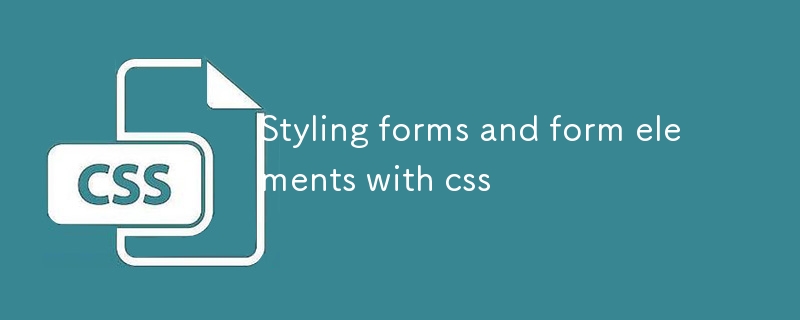
Styling forms and form elements with css
Article Introduction:To make the form more beautiful and improve the user experience, you can optimize it from the following four points: 1. Unify the basic style of the input box and add: focus effect; 2. Hide native check boxes and radio buttons and replace them with custom icons; 3. Set hover, active status and animation for the submission button; 4. Keep the form layout neatly and aligned, and use .form-group to uniform spacing.
2025-07-10
comment 0
559
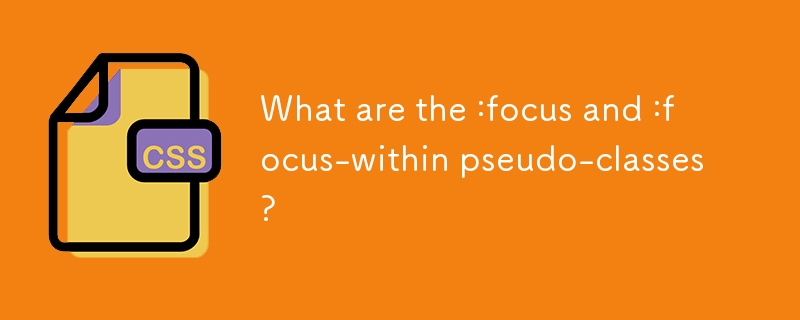
What are the :focus and :focus-within pseudo-classes?
Article Introduction::focus is used to directly focus the element itself, and :focus-within is used to affect the parent container when the child element gets focus. 1.: focus only takes effect on the current element and is often used for input box highlighting; 2.: focus-within is applied to containers containing interactive elements, and when their child elements are focused, triggering style changes, such as the overall highlighting of form groups or search box; 3. When using it, you should ensure accessibility, retain clear focus indicators, and combine them with keyboard navigation tests. Together, the two improve the usability and user experience of the interface.
2025-06-27
comment 0
352

What is the element and how does it work with an ?
Article Introduction:Is an element in HTML that provides predefined suggestions for fields, which is used in conjunction with list attributes with matching ids to display drop-down options when user input. The specific steps are as follows: 1. Define and set the id; 2. Use the list attribute to associate the id. For example, the input box will automatically filter and display the matching fruit name based on the user input. Notes include: Users can select suggestions or enter them by themselves, browser support is inconsistent, and JavaScript dynamic fill options are available. In addition, the default filtering method of the browser is simple, and it needs to be implemented manually if advanced filtering (such as fuzzy search). This function is suitable for scenarios that require speeding up data input but allow custom input, such as search bars, city names, labels, etc., but is not suitable for strict
2025-06-30
comment 0
730

How to automatically focus an input field on page load using the autofocus attribute?
Article Introduction:The autofocus input box when the page is loaded can be implemented through the HTML autofocus property. This property is a Boolean value, applicable to, or an element, and when the page is added to it, it will automatically focus on the element when the page is loaded. Note when using: 1. Only one element in the page can be set to autofocus, otherwise only the first one will take effect; 2. Most modern browsers support it, but mobile devices such as iOS may restrict autofocus; 3. If autofocus does not take effect, you can check the location of the element, browser plug-in, or use JavaScript to force focus. It is recommended to prioritize the use of native attributes to improve efficiency and user experience.
2025-07-14
comment 0
992

Explain Vue data binding methods?
Article Introduction:There are three main ways to bind Vue: interpolation expression, v-model and v-bind. 1. Interpolation expression ({{}}) is used for text content display, such as {{username}} will be automatically updated with data changes; 2. v-model implements two-way binding of form input, such as keeping the input box synchronized with the data; 3. v-bind dynamic binding attributes, such as: src binding image address. Responsive data needs to be defined in data, new attributes need to be added with $set method, and array operations need to be pushed/pop and other methods. Pay attention to the type when binding values. For example, v-model.number ensures that the input is a number, and class binding requires a Boolean value. Mastering these details can make data binding more straightforward
2025-06-25
comment 0
265
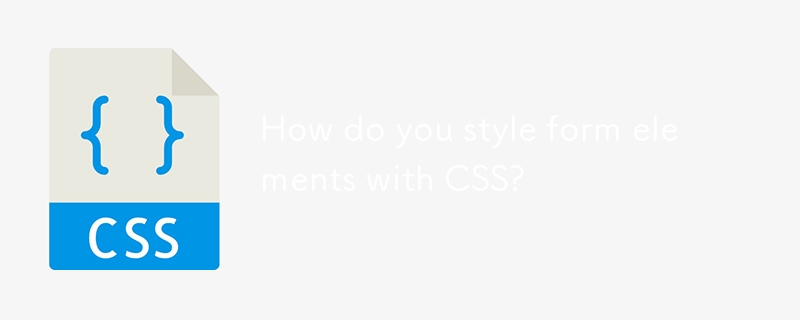
How do you style form elements with CSS?
Article Introduction:Using CSS to beautify form elements not only improves the appearance of the website, but also enhances usability. First, improve readability by setting a unified font, margin and border style, such as setting the font size of input and textarea to 16px, the inner margin is 10px, the border color is #ccc, and changing the border color to #888 when focusing. Second, customize the button style to enhance visual hierarchy, such as using #007BFF as the main color, which becomes #0056b3 when hovering, and add a transition effect. Third, use Flexbox or Grid to create responsive layouts, such as vertical arrangement on mobile devices, use row arrangements on desktop and set the input box width to 48%. Finally, reset the browser default style and unify the side
2025-07-17
comment 0
717

how to insert a checkbox in excel
Article Introduction:To insert a checkbox in Excel, first you need to call up the "Development Tools" tab: click "File" → "Options" → "Custom Ribbon", find "Development Tools" in the command list on the left and add it to the tab bar on the right to save it and restart Excel; then enter "Development Tools" → "Insert" → select "Check Box", click Place in the specified position of the table, you can edit or delete text, and copy multiple uses; finally, to achieve linkage effect, right-click the checkbox → "Format Control" → "Control" in the "Control" tab, and combine the IF function to achieve dynamic display such as "Completed" or "Incomplete".
2025-07-08
comment 0
455
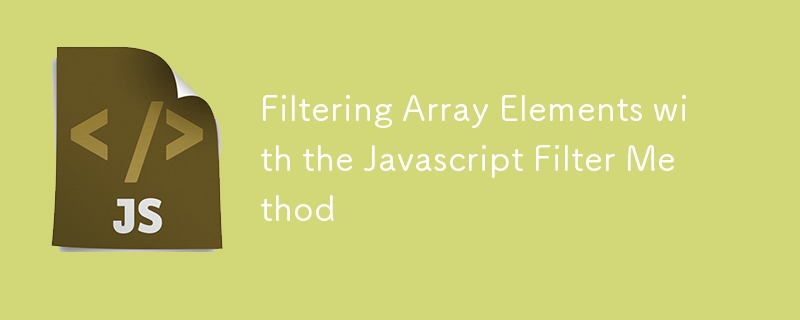
Filtering Array Elements with the Javascript Filter Method
Article Introduction:JavaScript's filter method is used to create a new array containing all elements tested by the callback function. 1. Basic usage: filter traverses each element of the array. If the callback returns true, the element will be retained, such as filtering numbers greater than 25; 2. Filtering object array: You can filter through object properties, such as selecting users with age greater than or equal to 18; 3. Multi-condition filtering: You can use logical operators to combine multiple conditions in the callback, such as meeting age greater than 20 and the name contains the letter "a"; 4. Dynamic filtering: Combining the input box to realize the real-time search function, dynamically update the filter results based on user input, ensuring that upper and lower case insensitive.
2025-07-08
comment 0
139

Improving Web Accessibility with HTML5 and ARIA Attributes
Article Introduction:The key to improving web accessibility lies in the correct use of HTML5 semantic tags and ARIA attributes. 1. Use HTML5 semantic tags such as, , etc. to make the page structure clear and facilitate assistive technology identification; 2. Avoid abuse of , and use native elements such as , to enhance operability; 3. Reasonably set the title level (h1 to h6) to help visually impaired users understand the page structure; 4. Each input box in the form should be bound to ensure that the voice software accurately reads the meaning of the field; 5. Reasonably use ARIA attributes, such as role, aria-label, aria-expanded, etc. in dynamic content or custom components to enhance barrier-free support; 6. For dynamic updates, use aria-live area to notify users of changes, and
2025-07-11
comment 0
771

When to use keep-alive?
Article Introduction:Use keep-alive to solve the problem of repeated loading during Vue component switching and preserve component state. 1. It caches dynamic components to avoid destruction and reconstruction, and maintains the input box content, scroll position, etc.; 2. It is often used in scenarios such as tab switching, pop-up windows, sidebars, etc.; 3. Pay attention to cleaning up timer and event monitoring to prevent exceptions; 4. Control the cache range through include and exclude attributes, and give priority to include precise cache; 5. Reasonable use can improve user experience, but it is necessary to avoid abuse causing excessive memory or confusing status.
2025-07-11
comment 0
765
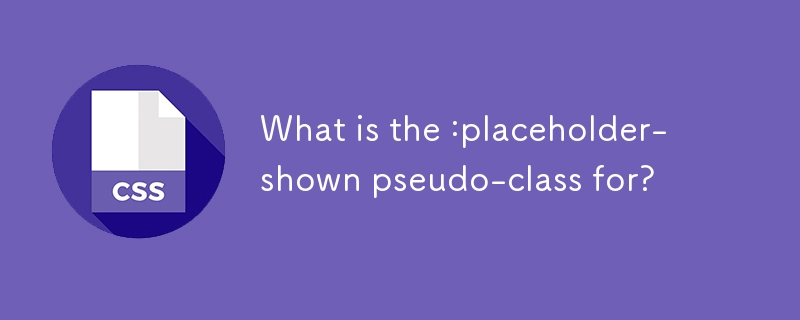
What is the :placeholder-shown pseudo-class for?
Article Introduction:The :placeholder-shown pseudo-class is used to style the input box when the placeholder text is visible, and it takes effect when the user does not enter content. 1. It is suitable for form scenes that require visual feedback, such as distinguishing empty fields from filled fields; 2. It can be used to adjust borders, background colors or control other elements to display and hide; 3. It acts on elements with placeholder attributes; 4. Common uses include highlighting required items, changing border colors or adding transition animations; 5. Pay attention to its incompatibility and its differences from ::placeholder, which is used to directly style the placeholder text.
2025-07-11
comment 0
904

What are HTML attributes, and how do I use them to provide additional information about elements?
Article Introduction:HTML attributes are additional information added to HTML elements to control how they behave or represent. They appear in the element's starting tag as name-value pairs, such as name="value". For example, specify the type and placeholder in the input box:. Common properties include class, id, style, src, href, and alt, etc., which are suitable for different scenarios, such as style settings, resource links and barrier-free access. When adding attributes, you need to pay attention to using lowercase attribute names and wrapping the value in quotes. Multiple attributes are separated by spaces, and some attributes such as required can take effect without assignment. Specific application scenarios include improved accessibility support, form verification, performance optimization and SEO enhancement
2025-06-23
comment 0
350

Understanding the purpose and usage of HTML attributes.
Article Introduction:HTML attributes are the way to add extra information to HTML tags, used to configure elements or adjust their behavior. Common attributes include class, id, src, alt, placeholder, etc. They are written in the start tag in the form of name="value", such as href specifying the link address, and alt provides alternative text for the image. Attributes are widely used, such as required to set the input box, triggering JS functions (onclick), and boolean attributes (disabled, checked) to take effect without a value. When using it, you should use quotes to wrap the attribute value, especially if it contains spaces or special characters; specific attributes are only applicable to the corresponding tag; custom
2025-07-02
comment 0
176

What does the 'Enable AJAX' setting in phpMyAdmin's preferences control?
Article Introduction:After AJAX is enabled in phpMyAdmin, it can achieve dynamic interface updates through asynchronous loading to reduce overall page refresh. The specific functions include: 1. Loading new rows through AJAX when browsing large tables, without overloading the entire page; 2. The query results can be displayed immediately below the SQL input box; 3. Some dialog boxes (such as renaming and deletion) are opened in the form of floating layers. If AJAX is disabled, these operations will fall back to traditional page loading methods, affecting the user experience. It is generally recommended to keep enabled for improved interaction fluency, and only consider disabling it if you encounter JavaScript errors or use an old browser. The setting path is: phpMyAdmin → Settings (Gear Icon) → Home tab → Enable AJAX, this configuration is independent of the user
2025-07-09
comment 0
132
